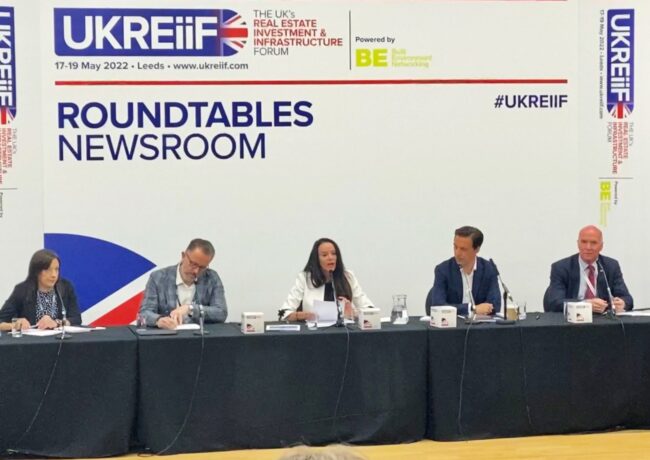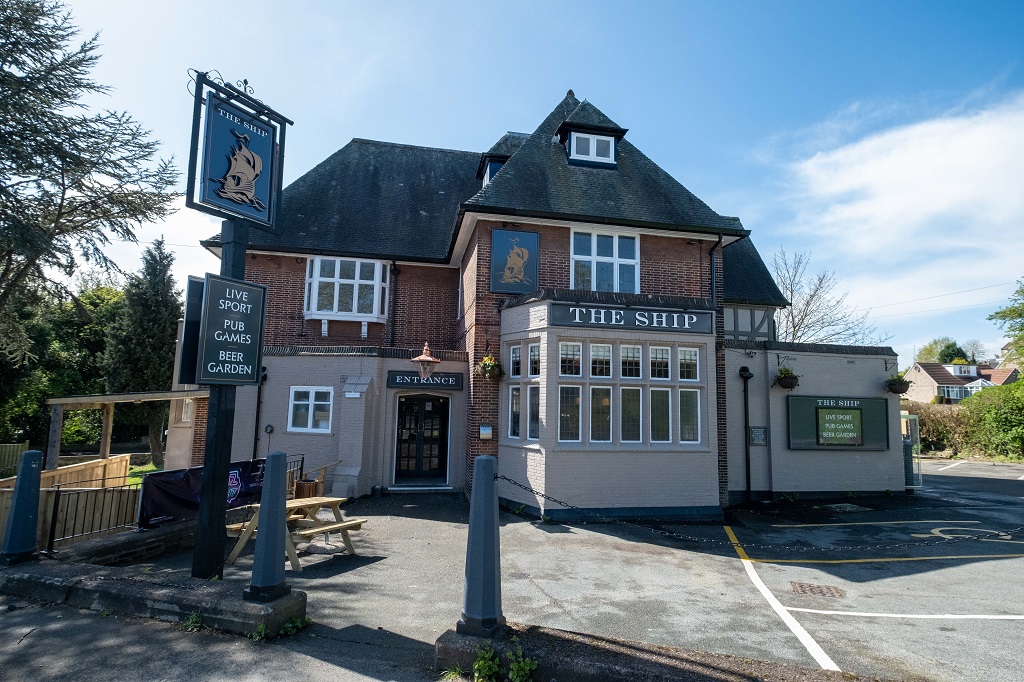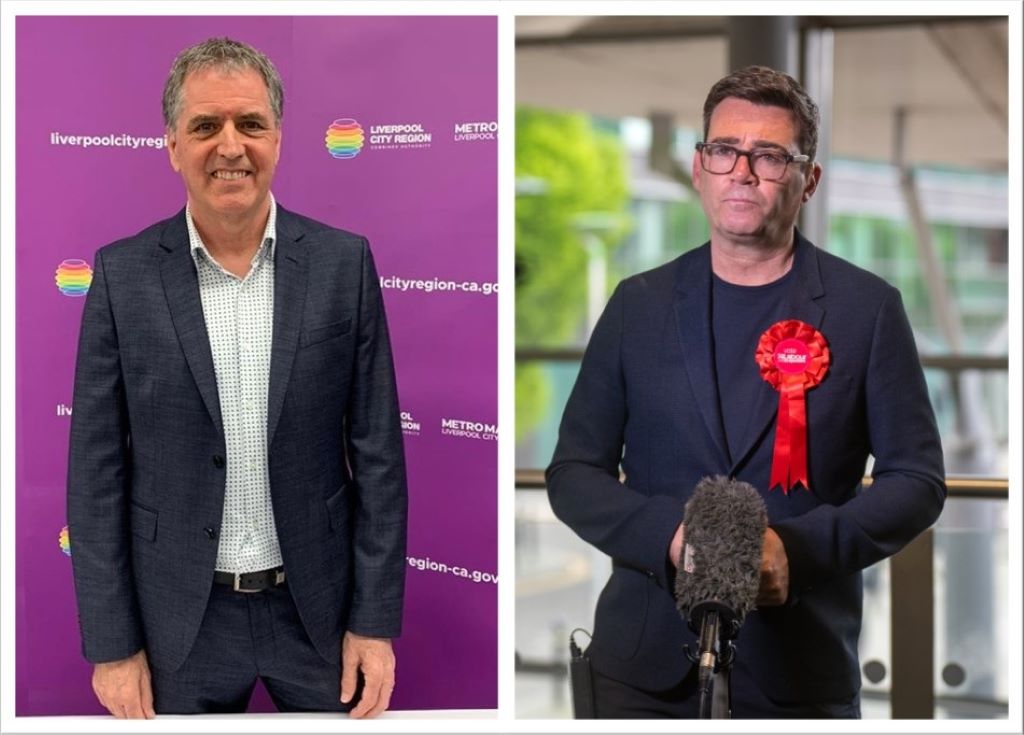‘Clone towns’ will not save the high street says taskforce chair
Rescuing the town centre will require more than just a food hall, according to the Future of High Streets panel at UKREiiF in Leeds on Tuesday.
If communities are serious about regenerating their high street, the panel argued that it will require more revenue support for local businesses, a solution to the looming issue of business rates, place-based activation, public-private partnerships and a clear vision.
“None of these things are sexy,” said Mark Robinson, chair of the High Streets Task Force.
Robinson broke down the issue. “The fundamental problem is the high street became a retail desert,” he said. “60 years drove out all the uses that made our places great.”
That means a high street that includes more than just shopping – it needs to be a mix of residential, services and offices as well.
There is not one simple solution, he warned.
“We need to stop generalising,” Robinson said. “Food markets won’t save every place. Let’s get away from these clone towns.”
- MORE FROM UKREiiF: Manchester City Council Leader Bev Craig and Greater Manchester Mayor Andy Burnham on ‘levelling up’, ESG and public-private partnerships
Bournemouth, Christchurch and Poole Cllr Philip Broadhead said he felt independent businesses and retailers could hold the key to helping the high street thrive.
However, these companies would need support in getting off the ground and gaining confidence in potential success. Having an incubator space, or a section of the high street owned by the local authority, could help alleviate worries of failure and stresses from exorbitant rates and rent.
Robinson argued that focusing on independent retailers was a mistake. “It’s an incredibly middle-class conversation,” he said – adding that independent shops didn’t necessarily help lower-income residents.
Business rates are a critical issue, Robinson conceded. There was no solution to the problem suggested though, other than simply offering revenue support.
Broadhead argued that not every high street is suffering. In his community, he said that the district high streets were seeing increased footfall. It was the core high streets that were downtrodden.
“It’s a tale of two high streets,” he said.
For the high streets that are hurting, the key may be to look beyond the high street itself. That’s the approach Muse Developments is taking, said development director Maggie Grogan.
“The high street thrives off what is around it,” Grogan said. That’s led Muse to focus on ensuring that the high street is connected to the wide area.
It also has meant creating open spaces within the high street area. This does not just mean creating event spaces, Grogan cautioned. Event spaces can play a role in getting people to visit a place, she said, but there need to be smaller green spaces that people feel comfortable in.
“It’s about creating places where people want to dwell,” she said.
Creating community spaces and a mixed offering on the high street is not a new solution. As Robinson pointed out, the key to saving the high street lies in the past.
He quipped: “The successful high streets of 2020 look much like the high streets of the 1920s – but with less hats.”





In many areas it seems clear there are now too many shops and they now stand vacant, a bit like churches, and we have to find another use for them that is viable, many shops can be converted to residential, and this can benefit couples, single people and the elderly.
It`s not easy to regenerate the high streets, and the presence of supermarkets has not helped, but there has to be something attractive to bring in the footfall, we don`t really do markets like the French do , and that would certainly liven up the town centres but it`s only maybe one or two days per week. Good urban landscaping helps if well maintained but I suppose high streets are in need of bustle and folk need to be given good bus or tram services, and maybe cheaper parking, so they are encouraged to journey there.
By Anonymous